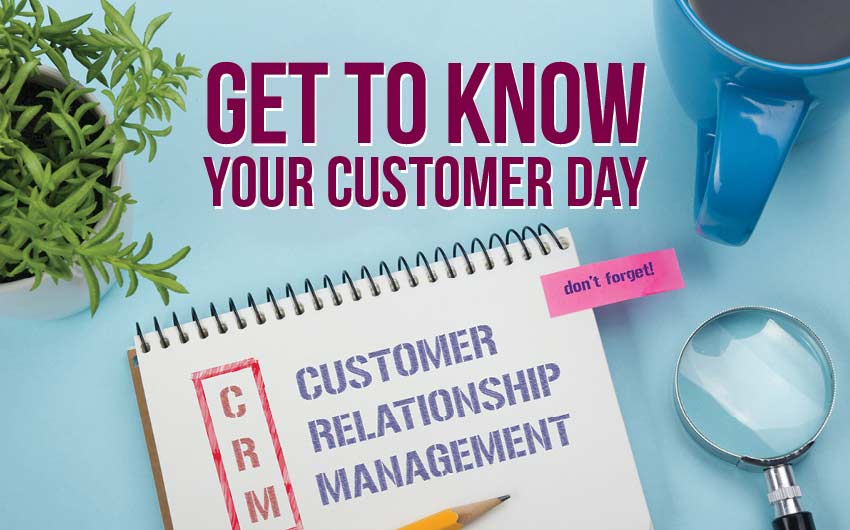
The latest trend in the web is social online communities. What is it that makes them so special? This article will analyze the three main types of social online communities and describe their influence factors, design elements, and ontology models. The information may also be helpful for your own business. For more .... information, please read the following. Don't forget to comment below if there are any questions. Thanks for reading!
Analysis of three types o social online communities
The term "social network" has been used to describe communities of users. Some communities are for sharing content, while others focus on discussion. In both cases, the goal is to make connections among people. Social networks often include many groups. However, they can be classified into three main types. These are community-based networks (or review boards), and discussion-oriented communities. There are many large platforms that host communities with similar topics or content. Researchers have observed overlaps in the topics and users of different online communities. Members of these communities are likely to engage in conversations with different groups of people, sometimes concurrently.
Bulletin board communities, unlike synchronous communities, are often more focused on personal relationships and freely selected interests. These communities can hold conversations for weeks or months, giving potential members a chance to get to know the community before joining. In addition to providing a comprehensive overview of community interaction, bulletin board communities can accommodate larger numbers of members than synchronous communities. Chat rooms, on the other hand, can only accommodate a few users.

Influence factors
Online communities are virtual places where individuals meet to share information, promote common interests, and make connections. Many of these communities also have the benefit of personal interactions. User-generated content is often the result of such interactions. We will be looking at three factors that can influence the behavior of social online communities. We consider both user-generated and personal psychological factors. These are the three parts of our study.
Participation in normal activities is the first influence factor. These activities tend to lead to anticipated status and success, as well as positive peer feedback. Additionally, these activities foster healthy growth within the online network. The second influence factor, belief is related to the acceptance of amoral elements that have indirect control over behavior. Although both of these factors are important in understanding behavior within social online communities, there is no universal, single influence factor that can be attributed to them.
Design elements
For creating community-based activities, social online communities are a popular and effective tool. The social structure and users of the community determine the design elements in social online communities. Even though a platform digitally supports many social structures, you don't have to implement them all simultaneously. Five of the most essential design elements in social online communities are discussed here. We also discuss the effects of these design elements on community participation.
A design heuristic is a way to help a community stay on the right track. These heuristics are built on prior research and cover interactive creativity, selection hierarchy (rewards and costs), artistic forms and user feedback. Social media technologies offer a flexible way to express yourself, as evidenced by the research. Hence, a social community designed well will be more appealing and engaging than one without these design elements.

Models of ontology
Computational ontologies are an important component of the Internet's data-sharing and data-labelling systems. These systems make it possible to combine disparate data into meaningful, consistent representations. Early knowledge representation and artificial intelligence research has led to the development of ontologies and their many applications. Today, ontologies are used to create a vast range of data-driven media technologies.
Ontokiwi supports the creation non-ontological annotations to ontology terms. For example, the OAE term "causal adverse event" may have annotation information added that is not represented in the ontology. Annotations, like Wikipedia's, allow users to freely express information on an ontology. These annotations can then be searched online.
FAQ
What are some common mistakes people make in starting a content-marketing program?
The most important thing you need to do for any content marketing strategy is have a plan. A solid plan will save you time and money. Without a solid plan in place, you can create tons and tons of content.
A well-planned content strategy can help you focus, set goals and give direction. It helps to keep things on track as you move between phases. One example: If you're using social media to promote your campaign, you might begin by looking at which posts are receiving the highest engagement rates. This way, you know which kinds of posts will help drive traffic to your site and the ones that won't. These results will help you decide whether to create a series or video blog.
Another mistake that people make is not considering how long their content marketing campaign will last. If you're planning on launching a new website tomorrow, it makes sense to write some content today. However, if your content marketing strategy has been in place for six months, it's a good idea to start writing new content now.
It takes time to build great content. This step should not be taken lightly or rushed.
You are a business owner looking to learn more information about content marketing. We recommend you to read our guide, How to Create Content That Works. This guide includes ten steps to help ensure your content marketing programs are successful.
Why is content marketing important?
Content marketing does not mean creating high-quality content just for the sake. It's about building relationships, engaging people emotionally, solving problems and helping them to solve their problems. This requires a sophisticated understanding of how people behave online.
This is precisely what Content Marketing Strategy does. Content Marketing Strategy provides insight into the psychology of customers to help you engage best with them.
It will also help you increase your conversion rates, which can lead to higher profits.
But why would you want to invest in a Content Marketing Strategy when plenty of other options are available?
Content Marketing Strategy is far more effective than any other type of marketing.
A well-executed Content Marketing Strategy will help you build brand awareness and sell products.
How do I measure success with content marketing?
There are many ways to measure the success of your content marketing efforts. You could track the number and quality of visits to your website. Or, you could see how many leads were generated.
Which content marketing agencies are the most effective?
Most content marketing agencies have extensive knowledge in developing content strategies for clients.
The knowledge they have can help you save time and money by creating a tailored plan that suits your needs.
But don't assume that every agency has the skills you need. Some companies specialize only in certain niches, like eCommerce. Others are specialists in particular industries, such law firms.
Ask them where they specialize and find the agency that suits you best.
What are the 7 steps of content marketing?
The content marketing process is seven steps long
-
Identify the problem
-
Find out what's currently working
-
Find new ideas
-
Make them strategic
-
You can test them
-
Measuring the results
-
Keep going until you find the right solution.
This strategy has proven to be effective for both small and large businesses.
Can I simply post links to other sites content?
Yes! It's called link building. Linking back from other websites is a great way for your site to get more traffic. Be sure to only link to trusted sources.
Statistics
- According to research compiled by Coschedule: Companies that publish 16+ blog posts a month get as much as 3.5x as much traffic as those that publish 0-4 posts a month. (criteo.com)
- An example of an overarching goal could be: "In 2022, we want to achieve a 20% increase in revenue created by organic content and generate 15,000 MQLs with a budget of $30,000." (semrush.com)
- Measure your goals with a progress indicator of 0-100%. Make your goals collaborative and transparent (semrush.com)
- According to our research, brand awareness, attracting traffic, and generating leads remain the key content marketing goals in 2022. (semrush.com)
- Out of the 1,500 marketers we surveyed for our State of Content Marketing report, 78% who felt their content marketing strategy was exceptionally effective in 2021 had documented their strategy. (semrush.com)
- Progress indicators (0–100%) allow each team member to see how attainable each goal is and understand what remains to be accomplished. (semrush.com)
- According to our research, 65% of companies with very successful content marketing in 2021 ran content audits at least twice a year. (semrush.com)
- Seventy-two percent business to business (B2B) (mailchimp.com)
External Links
How To
How do I create a content-marketing strategy?
Understanding what content you want to create is the first step. Once you've established your content goals, it's time for you to begin creating content. This may mean developing an editorial calendar and planning where these pieces will come from. Every piece of content should have a purpose. It doesn’t matter whether you’re writing blog posts, social media updates or e-books; they all need to serve one purpose.
Once you determine which type of content you want to produce, then it's important to find out who your target market is. Which market are they most interested in and why?
The next step is to identify your target markets and find ways to connect with them. Although social media platforms can be a great way of connecting with people, there are many other options, including videos, podcasts, webinars and webinars.
After you have determined how you will communicate to your market, the next step in your content creation process is to choose what topics and types of information you want. This will help you to understand why you are writing the content. What problem is it solving? Are they satisfied? Does it make their lives more easy?
Now that you know the content type you write, it is time to decide what to say. What do you want? On current events? Are you focused on specific products and services Your focus is determined by your answer to this query.
Once you have answered all of these questions, it is time to put everything together into one package.
You want to ensure that every piece of content you create serves its purpose. You don't want anyone to waste their time or energy so make sure you build quality into all aspects of your content.
A great content marketing strategy is not complete without many moving parts.